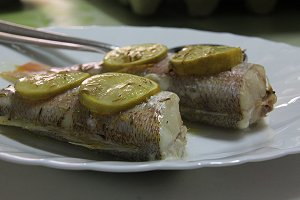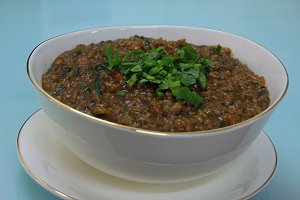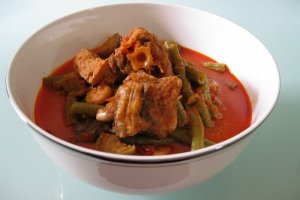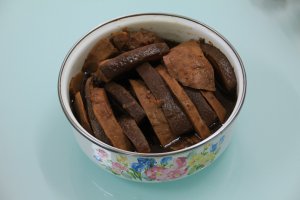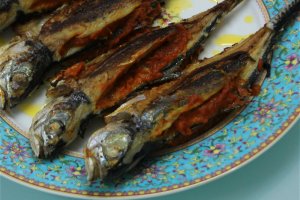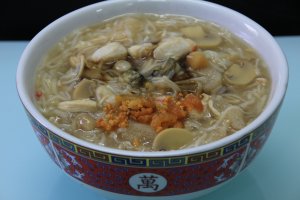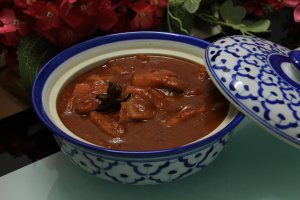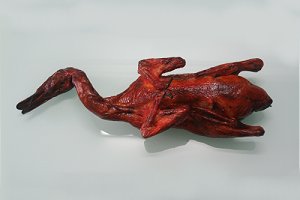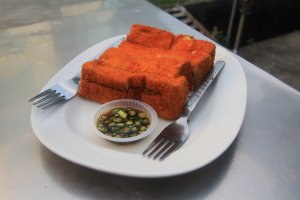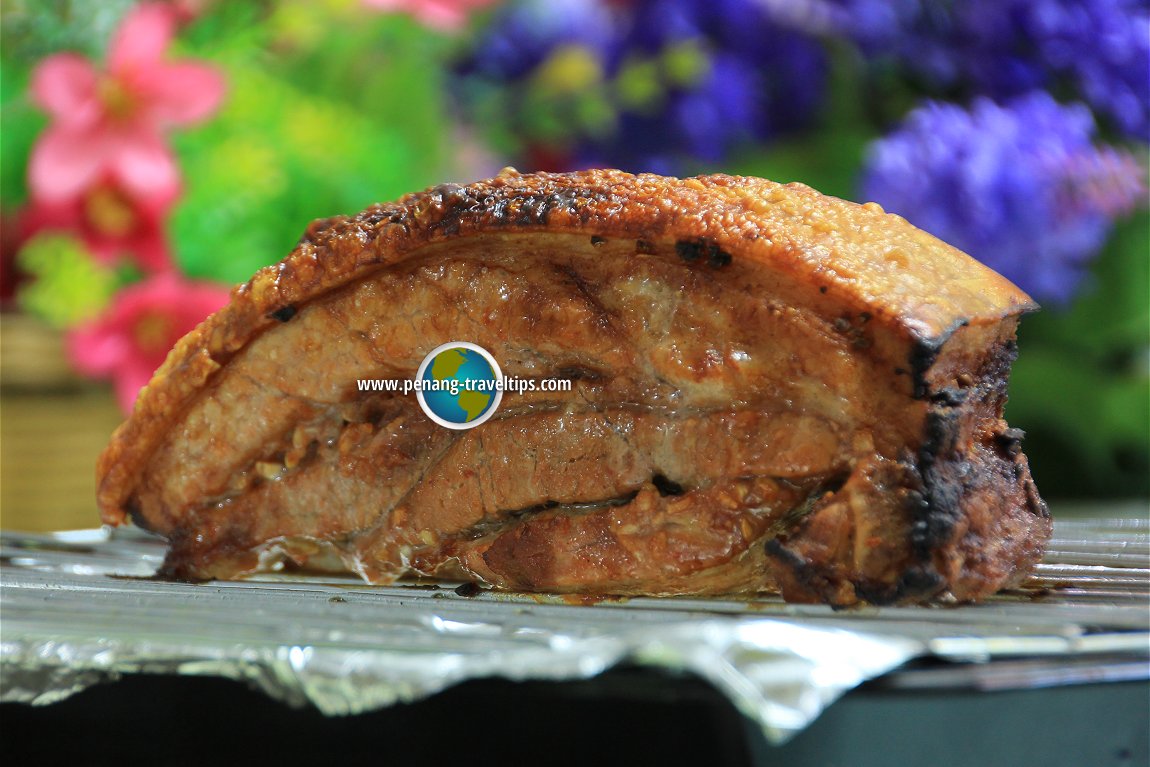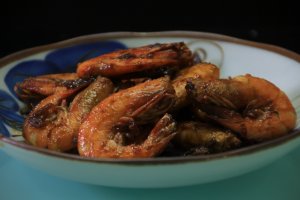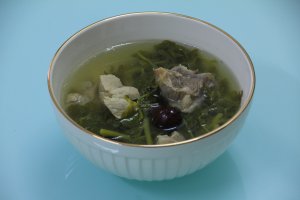Penang Local Dishes provides a dazzling array of ever so delicious dishes! They have found their way into kitchens and restaurants all over the world. As the people of Penang settle outside their tiny little island home, they bring with them recipes that were handed down from grandmothers to mothers to daughters - and often to sons as well - secret recipes to dishes that make Penang a shining star in the culinary world map.
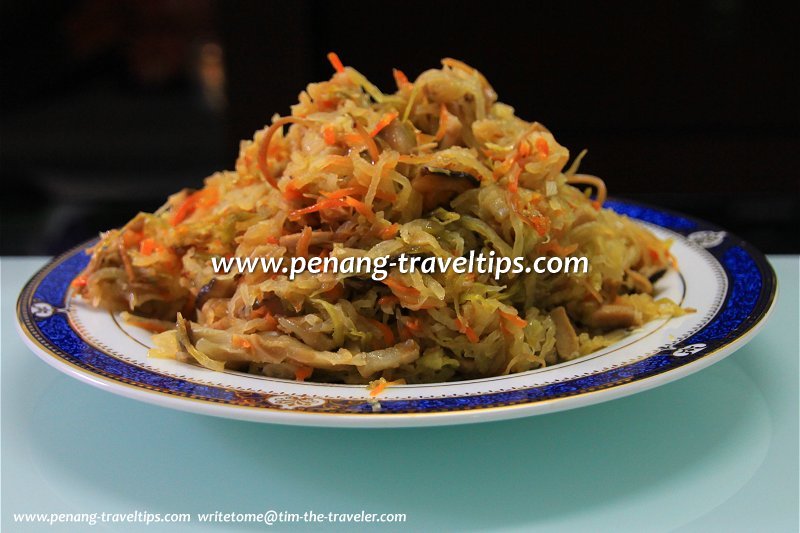 Jiu3 Hu3 Char4
Jiu3 Hu3 Char4 
© Timothy Tye
The origin of local dishes goes back deep into the fog of time, before even Penang was established, when the early Hokkien settlers arrived on the northern coast of the Malay peninsula to form estuaries settlements. Cut off from their China homeland, they incorporated the local way of cooking as well as adopted local ingredients to create various fusion dishes that are today collectively known as local dishes.
Most of the local dishes that we know today originated in the second half of the 19th century, from 1850's to 1910, especially in the 1860's, when the decades of prosperity provided the Straits Chinese family the opportunity to get creative with dishes. Those were the years of the tin boom. While the men were busy with their merchant trades - the mines in Larut were often financed by Straits Chinese in Penang - the womenfolk, often screened from public contact except when they leave the kitchen for the market, would be busy experimenting with food.
The very term "Nyonya", which means "maiden" in Malay, is a name given by the local vendors speaking the Malay patois to these womenfolk of a genteel class. Nyonyas do consider themselves as belonging to a class above the common market people. Although they are often uneducated, they come from rich families. Their husbands and sons are not illiterate - sons are sent to English schools to gain a western education and often spoke impeccable English. Learning to read and write are skills deemed unnecessary for womenfolk; the skills acquired in the kitchen are far more important for them to gain a good - and rich - husband. The Nyonyas mix local ingredients with cooking styles from their home country (mostly Fujian province). The result is fusion food that is now called local dishes.
The Straits Chinese womenfolk are the only Chinese women in mid 19th century Penang. Among the newcomers from China, almost all are men. Called Sinkheh (new guests), they were brought in to be coolies and labourers for the mines and harbour. These menfolk have no contact with the Nyonya ladies - the only women accessible to them would probably be the prostitutes in places like Campbell Street and Cintra Street. For these coolies, a whole range of Penang cooking developed, now just as famous, called the Penang Street Food. Street food such as Char Koay Teow and Hokkien Mee were created to fill hungry stomach, provide nourishment, and is affordable to the working class.
On this page, Penang Travel Tips celebrates the skills of the Nyonya by presenting to you this list of local dishes. The street foods are presented on a different page. Many of these local dishes are prepared by my wife, a wonderful cook who loves to try out local dishes, many learned from her mother. I am of course the happy recipient of the resulting kitchen adventures. I hope you'd enjoy my explanation of these dishes (though I assure you, they taste even better than they look).

 Go Back
Go Back